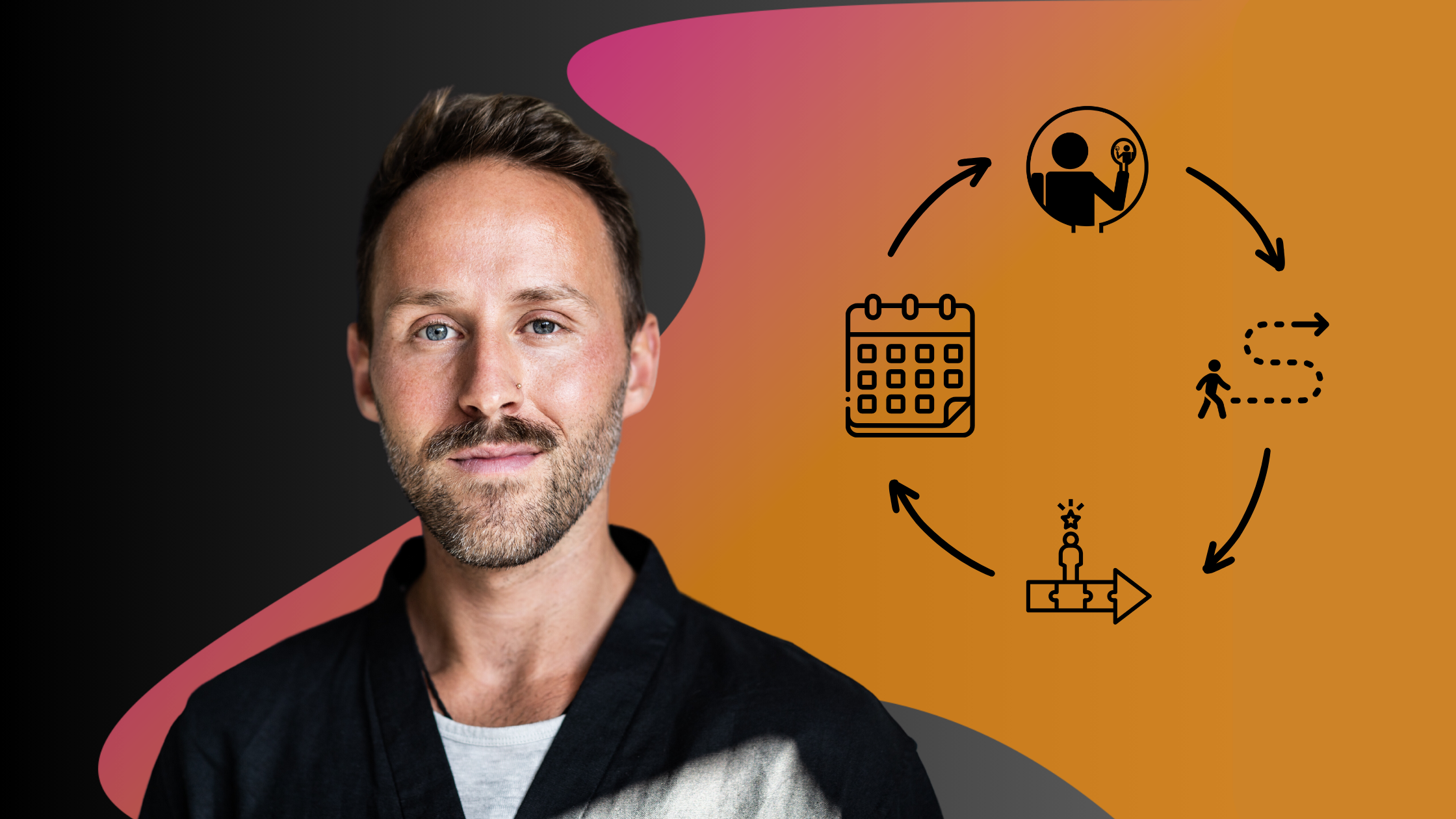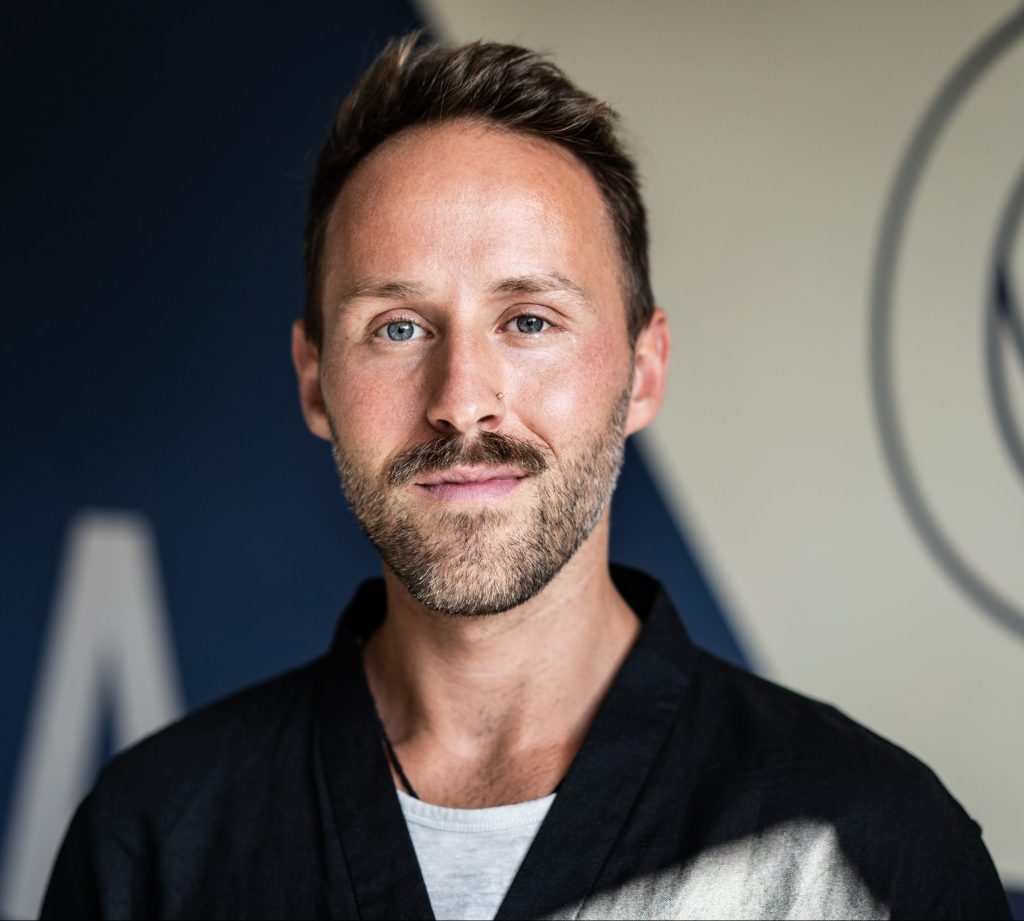From my Experience of Guiding Transformation: A Blueprint to Developing the Open Innovation Mindset
In today’s rapidly evolving business landscape, the concept of open innovation has gained significant traction. As organizations seek to foster creativity, collaboration, and adaptability in their workforce, the role of an Open Innovation Mindset (OI Mindset) becomes increasingly vital. In my own industry-based doctoral research, I explored this exciting field from an academic perspective. While I will not explicitly build on the theories, frameworks, and findings of my thesis published with Springer (Krohn, 2022), curious readers can dive deeper into the academic foundation of this article in my research (Krohn et al. 2021; Krohn & Herstatt, 2023).
Drawing from my experience in practice as an OI Mindset Certified Facilitator, this article explores the transformative journey many participants undergo, delving into the four phases of mindset change I observe, (1) Becoming Aware, (2) Actively Reflecting, (3) Experiencing, and (4) sustaining. Building on describing the phases of mindset development, I will line out typical challenges and methods and concepts that both employees and leaders can apply to actively nurture this mindset transformation.
Becoming Aware: Unveiling the Underlying Beliefs
The first phase of change in embracing one’s Open Innovation Mindset involves becoming aware of one’s current beliefs and understanding how these beliefs influence everyday actions. Here, employees engage in open conversations, collectively identifying the prevailing status quo. In this phase, employees and leaders work hand in hand.
Although it’s early in the process, this phase can be challenging. Firstly, finding time in the hectic day-to-day work to observe on how things are currently done and which beliefs underlie these practices is not always easy. Moreover, people might not always appreciate what they discover.
Am I truly as open-minded as I thought? Do I genuinely try to understand my colleagues’ perspectives before making decisions that impact their work and lives?
Ideally, employees dive into courageous dialogues, allowing them to challenge ingrained attitudes and assumptions. Meanwhile, leaders facilitate these conversations, creating a safe space for discussing even the most „uncomfortable topics.“ By fostering an environment of openness, both parties lay the foundation for the transformative journey ahead.
Actively Reflecting: Paving the Path to Transformation
The second phase I observe in the mindset transformation, reflection, empowers employees to actively question their belief system, envision alternative perspectives, and set intentions for change. To facilitate this process, employees dedicate time to introspection to tangibly explore their thoughts and emotions.
Nobody knows what the new normal will look like. Therefore, it is crucial to foster an environment where everyone feels invited to explore possible futures together! While some individuals and departments, such as design or innovation-focused teams, naturally excel at expressing ideas and experimenting with novel concepts, others might find it more challenging to share untested ideas.
Mutual feedback among employees enhances this phase, as diverse insights contribute to broader perspectives. Leaders, in turn, should offer time for reflection, encourage new ideas, reinforce shifts in communication, and consistently offering constructive feedback. This collaborative approach ensures that transformation is not a solitary endeavor but a shared pursuit. Since we are talking about changing soft aspects like empathy, creativity, and openness, making use of journaling techniques can also be of great benefit on the individual level.
Experiencing: Bridging Mindset and Action
What about a failure of the month award?
The third phase of experiencing, I believe, underscores the intrinsic link between mindset and behavior. As employees venture into uncharted territories, they are bound to encounter challenges that question their beliefs. Trying new approaches and embracing novel experiences naturally leads to mistakes – an integral part of growth. Employees are encouraged to exhibit courage and resilience, actively training themselves to embrace errors as stepping stones toward innovation.
Especially on the organizational level, this curious attitude toward making mistakes and embracing the learnings might be new. However, it’s a critical shift to make. Finding ways to weave this mindset into the fabric of the company culture is essential. Just as individuals are encouraged to learn from their missteps, the organization as a whole can benefit from treating failures as valuable stepping stones toward improvement.
Leaders play a pivotal role by nurturing an atmosphere of psychological safety, transforming a culture of mistakes into a culture of continuous learning. By leading by example and embracing experimentation, leaders inspire employees to step out of their comfort zone and create their new normal of creativity, collaboration, and openness.
Sustaining: Reinforcing Beliefs into Habits
The final phase, sustaining, marks the culmination of the transformational journey. As participants begin to witness the desirable outcomes of their evolved thinking and actions, newfound beliefs gain strength. However, the process of establishing new behaviors requires dedication and perseverance.
Here, shielding one’s newly-set personal intentions from old habits and established organizational routines can be challenging, if not exhausting! It’s akin to steering a ship into uncharted waters, with the currents of familiarity and comfort pulling in the opposite direction. Nonetheless, this is where the true transformation takes root.
Participants must practice active self-leadership, embracing tools like habit trackers to solidify their progress over weeks and months – smart goals can help too! Simultaneously, leaders maintain regular feedback loops and exchanges, providing ongoing support as employees navigate this crucial phase. Additionally, the structural causes that once reinforced old patterns can now be more clearly identified and addressed, paving the way for initiating process innovation projects.
Mindsets – Fertile Ground to Thrive in a Fast-Paced World
Based on my experience as an OI Mindset facilitator, the Open Innovation Mindset represents a transformative journey that participants undertake, encompassing four pivotal phases: (1) Becoming Aware, (2) Actively Reflecting, (3) Experiencing, and (4) Sustaining.
Both employees and leaders play indispensable roles in fostering this evolution. Through open conversations, reflection, embracing experimentation, and dedicated perseverance, the Open Innovation Mindset becomes ingrained in the fabric of an organization’s culture – their people!
As we move further into an era defined by ambiguity and complexity, and, hence, the need for creative collaboration, the OI Mindset approach stands as a beacon of change. Organizations that actively support their workforce through these phases not only cultivate a culture of innovation but also empower individuals to thrive in an ever-changing landscape. The Open Innovation Mindset is not just a concept; it is a dynamic force that propels organizations and individuals toward continuous growth and success.
Further Reading:
Krohn, M. (2022). The Crucial Role of Mindsets in Innovation Efforts: Opening the Black Box in the Context of Frugal Innovation. Springer Nature.
Krohn, M., Hattenberg, D. Y., Krueger, N. F., & Herstatt, C. (2021). A Taxonomy of Mindsets – Unlocking the Synergies of Innovation and Entrepreneurship through Mindset-Based Perspectives. 28th IPDMC: Innovation and Product Development Management Conference
Krohn, M., & Herstatt, C. (2023). Innovation Mindsets–A Framework to Understand Employees‘ Motivation to Act on Opportunities for Innovation. In Making Employee-Driven Innovation Achievable (pp. 11-32). Routledge.




